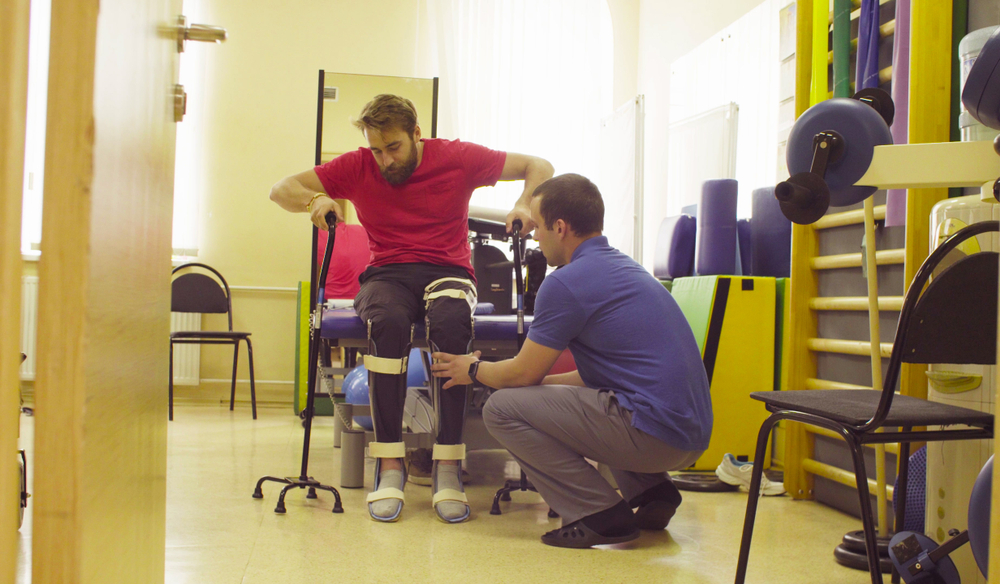Pandemic reflections: What we’ve learned from professional South Asian women in the NHS

Women from the BAME (Black, Asian, and Minority Ethnic) communities working in the NHS faced unique challenges and risks during the pandemic. Dr Saleema Kauser and Dr Ana-Paula Figueiredo interviewed women working in the NHS to hear the challenges they faced.
Ethnic minorities in the NHS encountered unique challenges during the pandemic, underscoring significant systemic issues within the NHS. Indeed, the pandemic served as a magnifying glass, revealing the vulnerabilities of healthcare systems across the world and the particular pressures faced by ethnic minorities within these systems.
For Asian women in the NHS, these pressures included not only the health risks from being on the front line. Their critical role in the healthcare response also positioned them at the intersection of race, gender, and professional risk.
This demanded focused research to dissect these overlapping vulnerabilities, and that is precisely what this project has been doing – researching the key insights and pivotal lessons that can be learned by interviewing professional South Asian women working in the NHS. Our research broke down into seven key areas of insight:
Preparedness and resilience
Many respondents noted that while the pandemic was challenging for everyone, it was particularly severe for ethnic minority women. A key issue highlighted was the inadequate distribution of personal protective equipment (PPE), which disproportionately affected these women, often leaving them on the front lines without adequate protection.
This lack of resources was compounded by delayed responses from management, who were slow to implement necessary safety measures. These delays not only heightened the risk of virus transmission but also highlighted a failure in crisis management that left staff feeling vulnerable and undervalued. Nearly all of our participants underlined the need for more proactive planning, robust health systems preparedness, resilience planning and the immediate provision of adequate resources like PPE.
Culture, leadership and behaviour
Many participants discussed a lack of cultural competence in healthcare provision and in managing ethnic minority staff. They called for more diversity in leadership roles within the NHS to provide insights into the lived experiences of different communities and to facilitate fair treatment and prevention strategies.
There is a clear need to integrate cultural competence training across all levels of the NHS. This training should target not only clinical staff but also management teams to ensure that decision-making reflects an understanding of the diverse cultural backgrounds of both patients and staff. The women also emphasised the need for regular assessments and feedback mechanisms to ensure that the needs and views of ethnic minority staff are being met.
Empowerment through awareness and advocacy
Women spoke about how enhancing advocacy could have led to significant improvements in addressing workplace inequalities and ensuring that all staff, particularly ethnic minorities, had the knowledge and tools to advocate for safer and more equitable working conditions.
Many participants emphasised how understanding their legal and organisational protections during the pandemic empowered them to advocate more effectively for themselves and their colleagues, and expressed a desire for more channels to raise their concerns. Some participants also felt there was a need to promote leadership roles for ethnic minorities specifically through leadership development programmes that target ethnic minority groups. This would help diversify the voices in NHS decision-making processes.
Transparent communication and focus on EDI
Clear, consistent, and transparent communication from healthcare leadership is critical during a crisis. The pandemic exposed a number of deficiencies in communication that often left women staff feeling confused and fearful. Many suggested that future strategies should focus on improving lines of communication, addressing staff concerns with empathy, and providing clear guidance on safety measures and operational changes, especially for those in high-risk roles.
Many participants expressed that information often did not reach them in a timely fashion or was not fully accessible, was only selectively shared or, in some cases, not shared at all in instances where white managers did not see BAME colleagues as full team members. They also felt excluded from decision-making processes, particularly those decisions that affected their work conditions directly during the pandemic.
Workforce support and sustainability
The dual burden of professional duties and domestic responsibilities was evident during the pandemic, especially for working mothers. It is crucial for healthcare systems to create and maintain support structures that help women manage this balance without compromising their health and well-being. Recognising and actively supporting the work-life balance during crises is essential in reducing burnout and maintaining high levels of care. Those in high-exposure areas such as COVID-19 wards faced intense pressure to manage work risks and family health.
Providing mental health support systems that are robust during and after crises is also essential. The women in our sample faced increased psychological impacts due to systemic biases and high-pressure roles during the pandemic.
Recognition and response to systemic inequities
Our data highlighted a deeply entrenched lack of recognition and systemic inequities towards South Asian women during the pandemic. The most significant was the systemic inequity around the distribution of PPE and critical resources. Participants often found themselves on the front lines without adequate protection, highlighting a stark neglect in the safeguarding of these workers compared to their white counterparts. Such disparities were not only a matter of resource allocation but also reflected deeper racial prejudices and a failure to recognise the equal worth and rights of ethnic minority workers.
Government and NHS coordination
Many participants discussed the need for a well-coordinated response between the government and NHS, which they felt was lacking. The lack of unity in their responses was a significant concern.
The general view was that in the long-term, healthcare policy reforms should focus on making the system fairer and more inclusive, especially in light of the inequalities exposed by the pandemic. This involves re-evaluating existing policies to ensure they truly serve and protect all healthcare workers, with extra attention given to those who are most at risk or disadvantaged.
Our data indicates that the disparities revealed during the pandemic demonstrated that the normal way of doing things wasn’t effective or fair for everyone, particularly minority women healthcare workers who often faced greater risks and fewer protections.
Our work highlighted the urgent need for systemic changes that promote equity, cultural competence, effective communication, and empowerment. By addressing these key areas, the NHS—and healthcare systems worldwide—can not only better prepare for future crises but also create a more just and supportive environment for all healthcare professionals.
The pandemic underlined the importance of the health and social care workforce, who faced extreme pressures. Ensuring the wellbeing, adequate staffing, and continuous professional development of healthcare workers is vital for sustaining health services during and beyond and future crisis.













